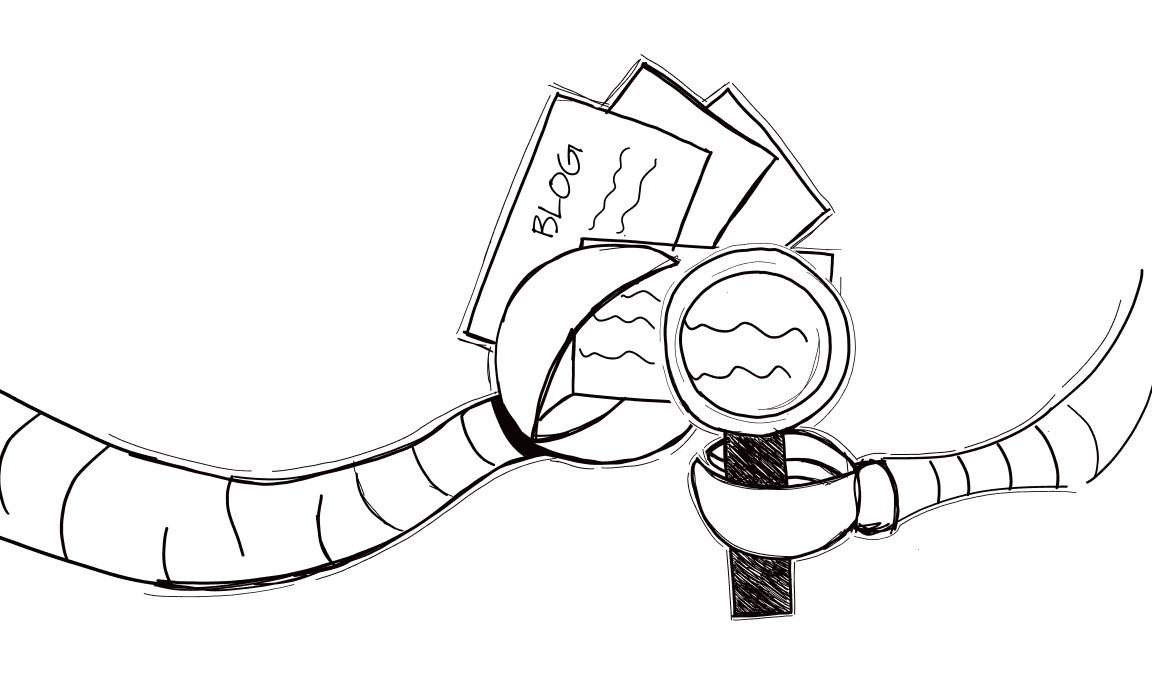Outreach has changed in 2025 and beyond. Remember when you could send a cold email to anyone with an inbox and expect at least a half-interested reply? Those days are long gone. Your target audience is flooded – maybe even drowning – in sales outreach, marketing strategies, LinkedIn DMs, and the same tired “quick question” subject lines. No wonder response rates keep slipping and more emails end up in the spam folder than ever before.
If your outreach efforts feel like knocking on random trees, hoping to find a hidden hollow, you’re not alone.
The ‘magic’ happens when you find the right spot – the hollow that actually leads to a conversation, a connection, maybe even more sales.
Most outreach campaigns? Just noise. But the ones that land feel like you’ve found the secret entrance to your prospect’s world.
That’s why we came up with the H.O.L.L.O.W. strategy – a framework close to our hearts (and, well, our name). Just like a woodpecker finds the perfect hollow to build its nest, this method helps you find the right spot in your prospect’s crowded inbox.
How? Keep reading to find out.
H is for Human Touch in Cold Email Outreach
You can spot a generic cold outreach email from a mile away. “Hi there, I hope you’re well. I wanted to talk to you about our amazing services.” Sound familiar? That’s the fast track to your potential customers’ delete button. In crowded inboxes, building customer relationships starts with showing a little humanity – even in your first message.
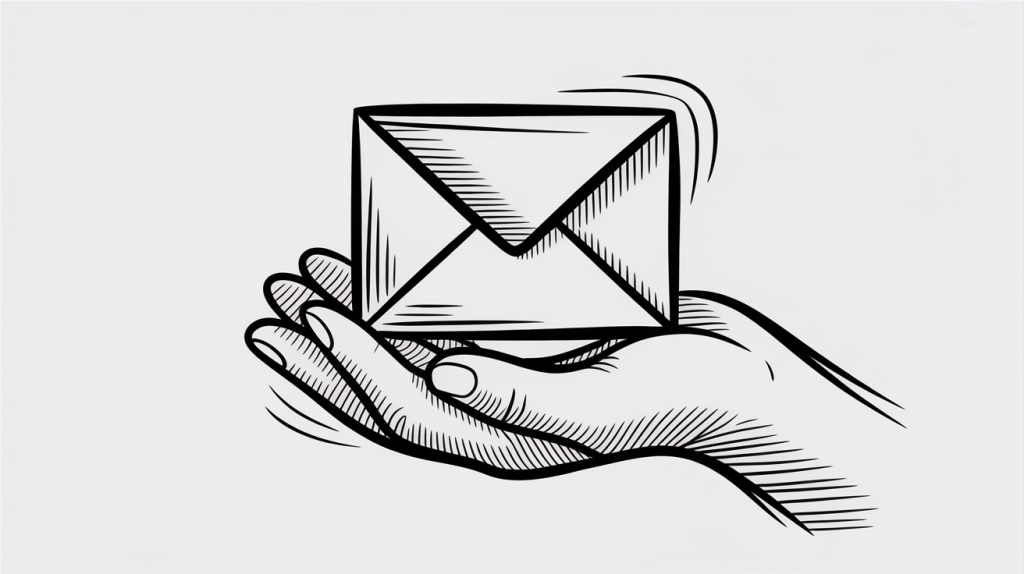
Think about it: your target market is getting bombarded with sales emails, content marketing promos, phone calls, and DMs on every social media platform. If you want to reach prospects, boost conversion rates, and actually increase exposure for your business, you can’t rely on generic emails or automation tools alone.
Instead, treat every email outreach campaign like the start of a real conversation. Use thorough research to find something relevant about your prospect’s company, a recent blog post, or even an industry challenge they’ve faced. Drop the one-size-fits-all pitch and aim for effective communication—a message that actually sounds like you wrote it for them (because you did).
Personalized emails with compelling subject lines grab the reader’s attention and open the door to building trust. Over time, this approach leads to more leads, better response rates, and customer relationships that last. It’s the most cost effective way to stand out, even when you’re reaching out to larger companies or cold outreach lists.
Example:
Instead of:
“Hi, I help companies grow. Let me know if you want more sales.”
Try:
“Hey Sam, I saw your team just launched a new influencer marketing campaign—congrats! We’ve worked with several companies in your industry on link building and lead generation. Would you be open to a quick call to swap ideas?”
It only takes one sentence to show you’ve done your research and actually care about the recipient. That’s the foundation for every effective outreach strategy.
No human touch vs with human touch
🧍♂️ Approach: The greeting
❌ “Hello, I hope this email finds you well.”
✅ “Hi Alex, I’ve been following your updates on LinkedIn—great insights on email marketing trends.”
🎯 Result: Reader’s attention is grabbed right away.
📦 Approach: The offer
❌ “We help businesses grow with our services.”
✅ “Noticed your company is scaling sales outreach—wondering if you’re looking for ways to streamline your follow-up emails?”
🎯 Result: Feels relevant, shows awareness of their current priorities.
🔍 Approach: The research
❌ “Let me know if you need help with your marketing.”
✅ “Congrats on your recent blog post about content marketing for SaaS. How’s your team finding results with influencer marketing?”
🎯 Result: Builds trust and shows real interest.
📞 Approach: The ask
❌ “Let’s schedule a call to discuss.”
✅ “Open to a quick chat next week about using automation tools to boost lead generation for your target audience?”
🎯 Result: Clear CTA, easier to say yes.
🏭 Approach: Industry knowledge
❌ “Our tool works for companies of all sizes.”
✅ “We’ve worked with several larger companies in your industry to create personalized outreach emails that actually get replies.”
🎯 Result: Demonstrates credibility and relevance.
🎁 Approach: Delivering value
❌ “Looking forward to hearing from you.”
✅ “Would love to share a quick example of how one sentence in a subject line helped a client move out of the spam folder—interested?”
🎯 Result: Promises specific value and invites engagement.
O is for Objective Clarity for Effective Outreach Strategy
If you want your email outreach campaign to stand out, it’s not enough just to say hello—you need to know exactly what you’re aiming for. Too many outreach emails float into inboxes without a clear purpose, leaving prospective customers wondering, “What’s the point of this message?” That’s how your outreach efforts end up ignored or lost in the shuffle.

Every effective outreach strategy starts with a single, focused goal. Are you looking to book a short call? Share a new blog post? Offer a relevant resource? Get crystal clear on your call to action before you even draft your first message. When you know your objective, your communication becomes sharper and your follow up emails feel intentional – not like random shots in the dark.
And when you know your objective, you can naturally… ditch some phrases and words, for good.
❌ “Let me know if you’re interested.”
✅ “Are you open to a quick call next week?”
❌ “Just checking in”
✅ “Wanted to follow up on my last email about [specific topic].”
❌ “We offer a range of services”
✅ “I thought our [specific service] could help with [pain point].”
❌ “Touching base”
✅ “Wanted to see if [solution] is on your radar this quarter?”
❌ “Hope you’re well”
✅ “Saw your recent update on LinkedIn—congrats on [achievement]!”
❌ “Circle back”
✅ “Any thoughts on my previous note?”
❌ “At your earliest convenience”
✅ “Would next Tuesday work for a quick chat?”
❌ “If you have any questions, let me know”
✅ “Happy to send details or jump on a call if you’re curious.”
❌ “No worries if not”
✅ “If it’s not a fit, no problem—I appreciate your time!”
❌ “We’d love to work with you”
✅ “If you’re open to it, I’d be glad to show you how this works.”
This clarity isn’t just for your benefit. It makes the decision process easier for your potential customers, too. Instead of burying them in a list of options (“We could chat, or maybe I could send more info, or perhaps you’d like a demo?”), you give them one specific, easy next step.
L is for List Quality in Each Email Outreach Campaign
No amount of clever copywriting can rescue a cold email outreach campaign built on a bad list. Even the most compelling subject lines and personalized emails will flop if you’re reaching out to the wrong people. List quality is the quiet engine behind every effective outreach strategy.
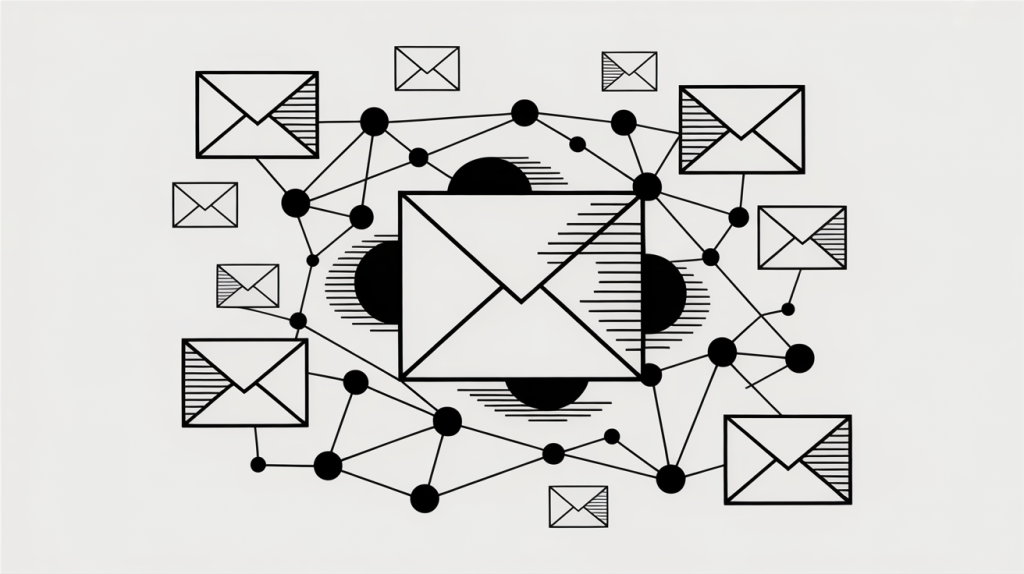
You shouldn’t just take biggest prospect lists you can find and blast your message far and wide.
But here’s the reality: casting a huge net usually means catching a whole lot of uninterested contacts (and risking a one-way ticket to the spam folder). Instead, the best outreach strategies focus on building smaller, sharper lists full of relevant, potential customers.
How to sort out your lists?
- Define your target audience and ideal customer profile. Don’t guess—get specific about the industry, role, and company size that fit your outreach goals.
- Enrich and update your data regularly. Use automation tools or CRM integrations to weed out old, bounced, or irrelevant contacts before launching any campaign.
- Segment by needs, pain points, or buying stage. Create separate prospect lists for each segment so you can tailor your message and call to action for maximum relevance.
- Cross-check with engagement signals. Prioritize contacts who have interacted with your social media platforms, engaged with a recent blog post, or shown interest in similar services. These are your most likely leads.
Great prospect lists are built on thorough research. Look for signs your contacts are actually in your target audience—industry, company size, job title, and recent activity on social media channels or blog posts all matter. For example, if you’re targeting larger companies in tech, make sure you’re talking to decision-makers in those organizations – not just anyone with an email address. Dial in your list quality, and suddenly every outreach effort feels warmer, smarter, and a whole lot more productive.
L is for Lean Messaging in Email Marketing Strategies
ABCD: Always Be Cutting Down. That’s your new mantra for cold email outreach. Attention spans are at an all-time low—your prospective customers don’t have the time (or patience) for rambling outreach emails or a wall of text. If you want to grab the reader’s attention and actually get replies, your message needs to be short, sharp, and straight to the point.
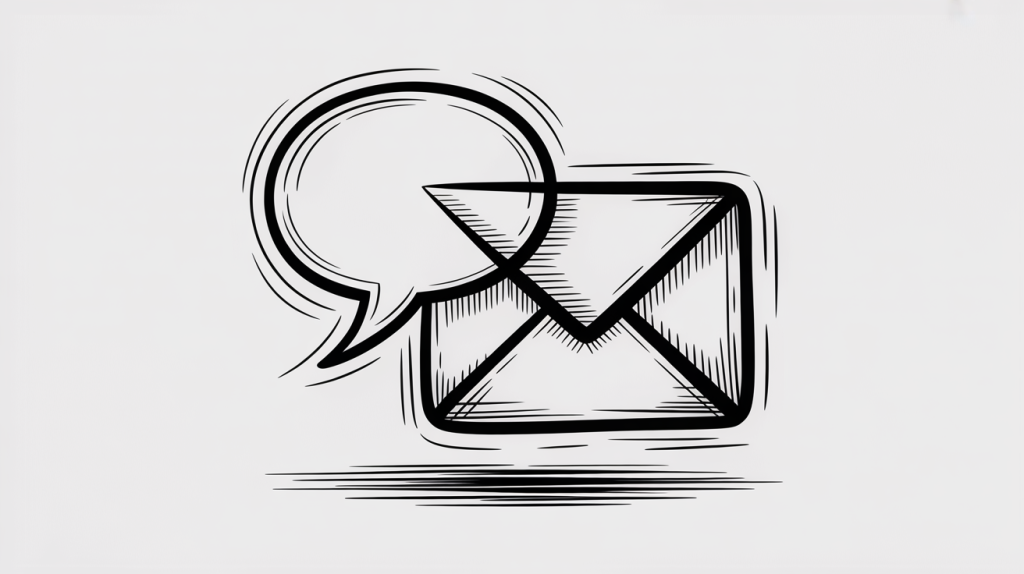
Think about the last time you opened a sales email: Did you read every line, or did you scan the first sentence and decide if it was worth your time? Most of us do the latter. That’s why lean messaging is at the heart of every effective outreach strategy.
Your lean messaging playbook:
- Start strong with a compelling subject line—get to the point from the first sentence.
- Stay relevant—make every line about your prospect’s pain points or goals.
- Limit the ask—stick to one clear call to action.
- Edit like you mean it—cut the fluff, clichés, and anything that doesn’t move things forward.
Now, see how the checklist transforms a real message.
“I’m reaching out because we offer a wide range of services for companies in your industry. I’d love to discuss how we can help you improve your marketing strategies, lead generation, influencer marketing, and content marketing, all while increasing exposure and more sales.”
It’s not a BAD message. But let’s break down what’s changing and why:
- Start strong: The new version opens with a reference to the recipient’s real activity (“scaling your outreach on social media channels”), not a generic introduction.
- Stay relevant: It’s focused on the prospect’s goals—better response rates and cost effective outreach—rather than listing every possible service.
- Limit the ask: There’s just one clear call to action: a quick chat next week.
- Edit ruthlessly: All the fluff about “a wide range of services” and “more sales” is gone. Every word earns its place.
And now, you can try:
“Saw you’re scaling your outreach on social media channels. We’ve helped companies like yours double response rates with targeted, cost effective cold outreach. Interested in a quick chat next week?”
Short, sharp, and 100% focused on what matters to your potential customer—that’s the power of lean messaging.
O is for Open Loops in Cold Outreach
Ever wonder why some outreach emails get replies and others disappear into the void? It usually comes down to curiosity. Open loops create that sense of “I need to answer this,” both at the start and the close of your message.

They’re one of the most effective ways to drive higher response rates and real conversations in your email outreach campaign.
Open Loops at the Start:
Kick off your email with a question or an observation that sparks interest:
- “Have you ever tried pairing cold email outreach with influencer marketing for bigger results?”
- “Saw your company’s recent blog post about lead generation—what inspired you to take that approach?”
- “Quick question: how are you handling outreach campaigns to larger companies this year?”
Open Loops at the End:
Instead of closing your message with a bland “let me know,” leave them with a reason to reply:
- “How are you measuring conversion rates across your social media channels these days?”
- “Curious if your team has seen a difference using automation tools for follow up emails—any insights?”
- “What’s the one pain point in your current outreach strategy you’d love to fix first?”
Whether you’re contacting potential customers for the first time or following up with warm leads, open loops keep the conversation alive. They show you’ve done your research, make your message feel relevant, and create a natural opportunity for effective communication. Try adding an open loop to your next outreach email—you’ll be surprised how often it turns silence into genuine engagement.
W is for Warm Follow-up and Call to action
Most outreach efforts don’t succeed on the first try—especially if you’re reaching out to prospective customers who have never heard of you before. That’s why warm, thoughtful follow up is a non-negotiable piece of any effective outreach strategy.
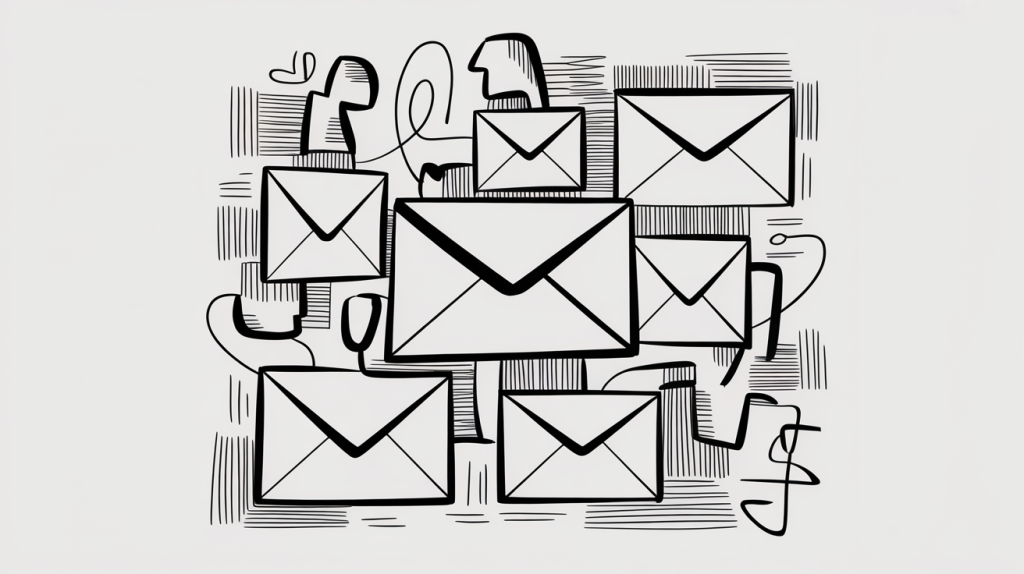
Forget robotic reminders and the dreaded “just bumping this up” line. A great follow up email feels like the natural continuation of a conversation—not a cold pitch on repeat. Each touchpoint is a new chance to build trust, reinforce your message, and show you’re genuinely interested in helping your potential customers—not just making a sale.
So, how do you keep your follow up warm?
- Reference something from your previous message—or from your prospect’s world. For example: “Wanted to circle back after seeing your latest post on content marketing. Have you had a chance to test any new outreach strategies since we last spoke?”
- Add value with each follow up. Don’t just ask for a reply; share a relevant blog post, industry example, or practical tip that ties into their pain points or goals.
- Mix up your channels. If you’re not getting traction by email, try a quick message on social media platforms or even a phone call, especially with larger companies or key decision-makers.
- Time it right and keep it respectful. Space out your follow ups—give people time to respond without feeling hounded. Three to five days is usually a good rhythm.
Follow up emails are great opportunities to deepen customer relationships and show you’re in it for more than just quick wins. When your follow up is personal, relevant, and genuinely helpful, you’ll see your response rates rise and your outreach emails turn into real conversations—sometimes even new business.
And remember: most sales (and lasting relationships) happen after the first message. Don’t be afraid to stay present, keep adding value, and let your outreach campaign work its magic over time.
Conclusion: Put H.O.L.L.O.W. to Work and Start Real Conversations
Building a winning email outreach strategy in 2025 means thinking beyond generic blasts and lifeless templates. The H.O.L.L.O.W. framework helps you build relationships—not just fill inboxes—with your prospective customers. Bring a human touch, clarity, smart list building, lean messaging, open loops, and warm follow-up to your outreach campaigns, and you’ll stand out on every channel you use.
Don’t forget, today’s best outreach efforts use multiple channels: email, social media, even the occasional phone call.
Ready to break through the noise and start genuine conversations? Bring H.O.L.L.O.W. into your outreach routine – and watch you growth follow.

